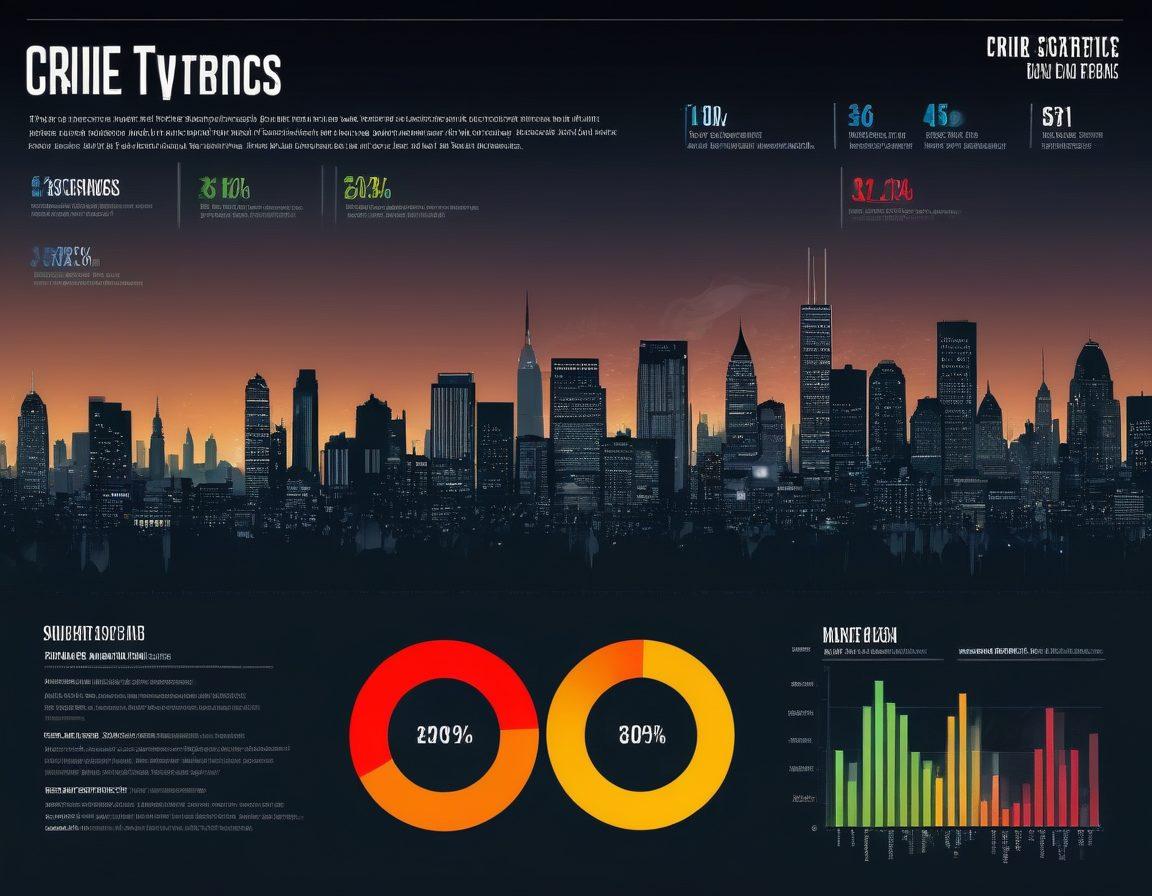Unlocking the Truth: A Deep Dive into Felon Records and Crime Statistics
Understanding felon records is essential in our society today. A simple question lingers in the air: What impact do these records have on communities and individuals? Felon records not only define the future of the offenders but also shape how society perceives crime and its victims. The journey through the layers of these records unveils a story of caution, redemption, and the ongoing battle between rehabilitation and retribution. With crime statistics at our fingertips, we must ask ourselves what stories lie behind the numbers.
Imagine a world where people can simply disappear from the criminal database because they've paid their dues. The sheer idea raises eyebrows. Felon records are maintained by law enforcement resources, serving as a significant tool in crime reporting and offender tracking. However, they can also lead to lifelong consequences for those who have made mistakes. Every incarceration history tells a tale of poor choices and sometimes, unfortunate circumstances. How do we balance the scales between justice and compassion?
The staggering statistics of crime can sometimes be misleading. A background investigation often reveals that not all offenders remain criminally inactive after their sentences, and related arrests can bring further challenges to the concept of rehabilitation. The data we rely on can often portray a skewed vision of the offender—one that emphasizes their past without considering their journey toward reform. As members of our communities, it’s essential for us to recognize the complexity of criminal activity and its repercussions on families and society.
One cannot ignore the role of public offender records in crime prevention. Now, more than ever, we have access to tools like criminal history checks and criminal profiling, enabling us to understand potential threats. But every time we consult these records, we have to ponder: Is this really helping or is it driving a wedge between second chances and the stigma of being a felon? It becomes our responsibility to educate ourselves on the nuances of this topic and advocate for fair chances.
As we dive deeper into the discussion of felon records, we realize that they can emblemize both society's response to crime and the personal narratives of those behind these records. Whether it's through reform programs or community support, change is possible. The essence of humanity lies in our ability to forgive and offer opportunities. The question remains: how can we create a system that promotes healing rather than shame? Understanding felon records is the first step in building a lasting solution that not only acknowledges the past but also champions future possibilities.
The Numbers Behind the Bars: Analyzing Crime Statistics and Offender Trends
In today's society, the numbers behind crime often tell a story that extends beyond the statistics themselves. Delving deep into crime statistics and offender trends helps us unravel the complex tapestry of our criminal justice system. With a focus on felon records and the various aspects surrounding them, we can better understand the patterns of criminal activity and the effectiveness of crime prevention strategies. As we navigate this intricate web of data, one must ponder: How do these numbers shape our perceptions of safety and justice?
Crime statistics serve as a vital resource for law enforcement and policymakers alike. They provide invaluable insights into offender trends, allowing for informed decisions regarding criminal profiling and public safety initiatives. However, it's essential to remember that behind these numbers lie real-life stories and lives impacted. A compelling quote by criminologist Franklin Zimring states, 'Statistics are like bikinis; what they reveal is suggestive, but what they conceal is vital.' Are we overlooking vital elements when we only focus on the impressive graphs and charts?
Engaging in a thorough criminal history check is crucial for understanding one's own community. By examining public offender records, we can uncover the intricacies of incarceration history and related arrests. Tools like the criminal database enable us to track offenders and their activities, painting a clearer picture of crime in our neighborhoods. However, the real question arises: Does this knowledge empower us to take action, or does it instill fear?
In our journey to comprehend crime reporting and its implications, it's important to remember the role these statistics play beyond mere numbers. They influence how we perceive crime and can shape the resources allocated for crime prevention. When we analyze crime statistics, we should also consider how these data points impact various demographics and communities. Are the trends we see indicative of larger systemic issues, or are they merely reflections of isolated incidents?
Ultimately, the analysis of crime statistics and offender trends is not just about gathering data; it's about harnessing that information for the greater good. By leveraging criminal justice data, we can work together to create safer communities. Let's engage in open dialogues about the findings and explore how we can utilize this information effectively. Together, we can transform knowledge into action, ensuring that the numbers behind the bars lead us towards a brighter and more secure future.
From Criminal History Checks to Crime Prevention: Navigating the Maze of Criminal Justice Data
In today's world, understanding criminal justice data has become more crucial than ever. With rising crime rates and the ever-growing concern around public safety, citizens and law enforcement must navigate through the intricate web of felon records and crime statistics. But how do we sift through this maze of information? What role does a criminal history check play in our everyday lives? Join me on this enlightening journey as we unravel the enigma of criminal records and explore the tools available to us for crime prevention.
Every day, individuals are impacted by decisions made concerning criminal activity. From parents worried about their children’s safety to employers conducting a background investigation before hiring, the implications of criminal database access are far-reaching. With the click of a button, we can retrieve convict information that may expose a potential threat or provide insight into someone’s incarceration history. Yet, how much do we truly understand about the origins and accuracies of this data?
Consider this: each statistic in crime reporting reflects a real story—a story of lives touched by crime and justice. When we explore crime statistics, it’s not just about numbers; we’re looking at patterns that help shape our understanding of societal issues. Did you know that the majority of offenders have related arrests prior to their most serious convictions? This pattern highlights the importance of criminal profiling and offender tracking for preventing future crime. Understanding these trends allows us to implement effective crime prevention strategies that can safeguard our communities.
Moreover, the accessibility of public offender records has made it easier for citizens to stay informed. But what does this mean for privacy and the justice system? Are we compromising the dignity of rehabilitation by easily digging into someone’s past? It’s a delicate balance between transparency for public safety and the need for individuals to have a chance at reintegration. As we navigate this terrain, it’s essential to examine how we can use criminal justice data to assist, not hinder, those aiming for a second chance.
In conclusion, as we tread through the complexities of criminal justice data, it becomes evident that informed citizens are empowered citizens. Whether it's through understanding felon records or utilizing law enforcement resources, knowledge equips us to contribute to a safer society. So, the next time you come across criminal history checks or crime statistics, remember: behind every record, there is a story worth telling. Let's engage with this data responsibly and proactively work towards effective crime prevention, ensuring a more peaceful community for all.


